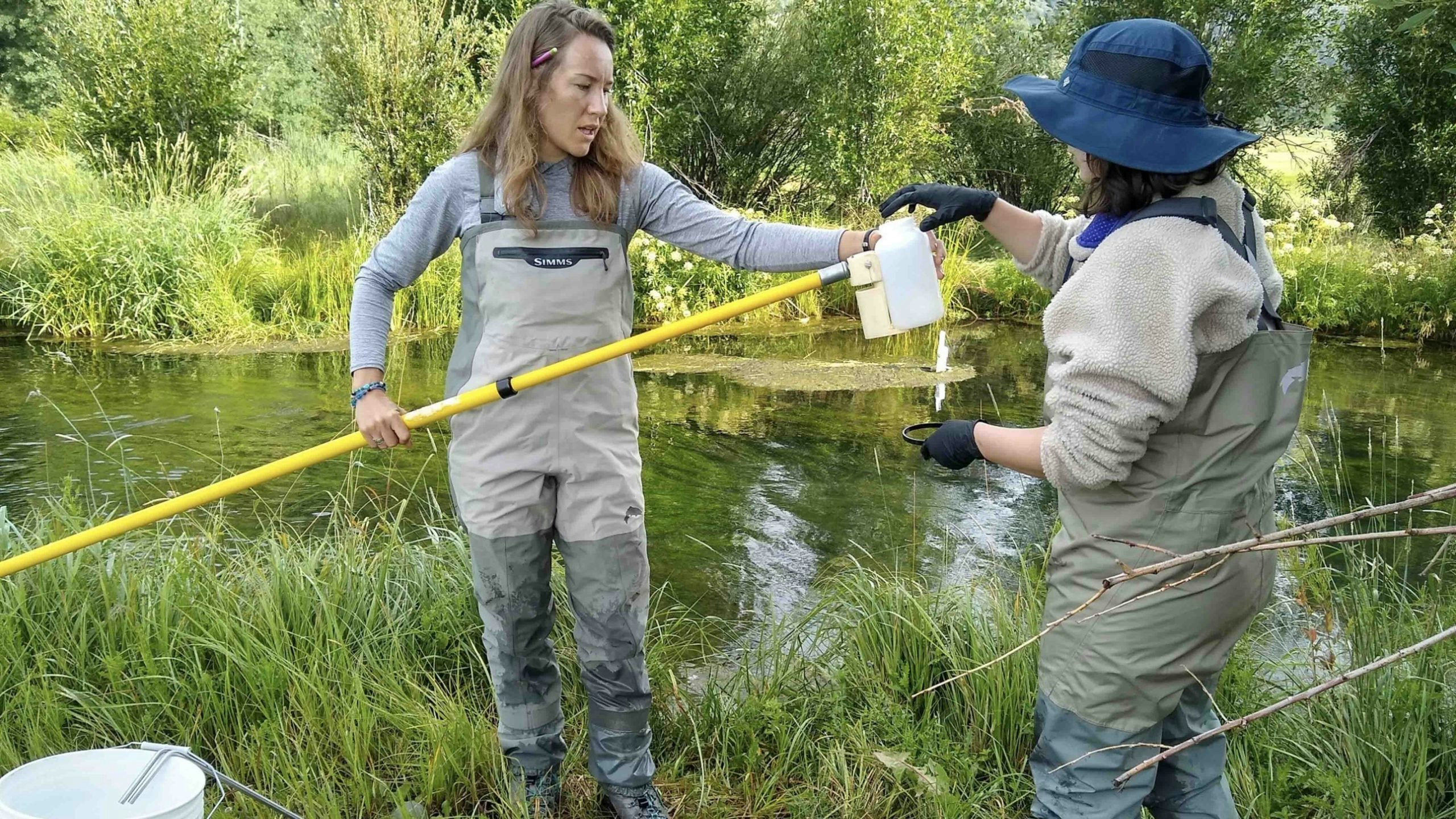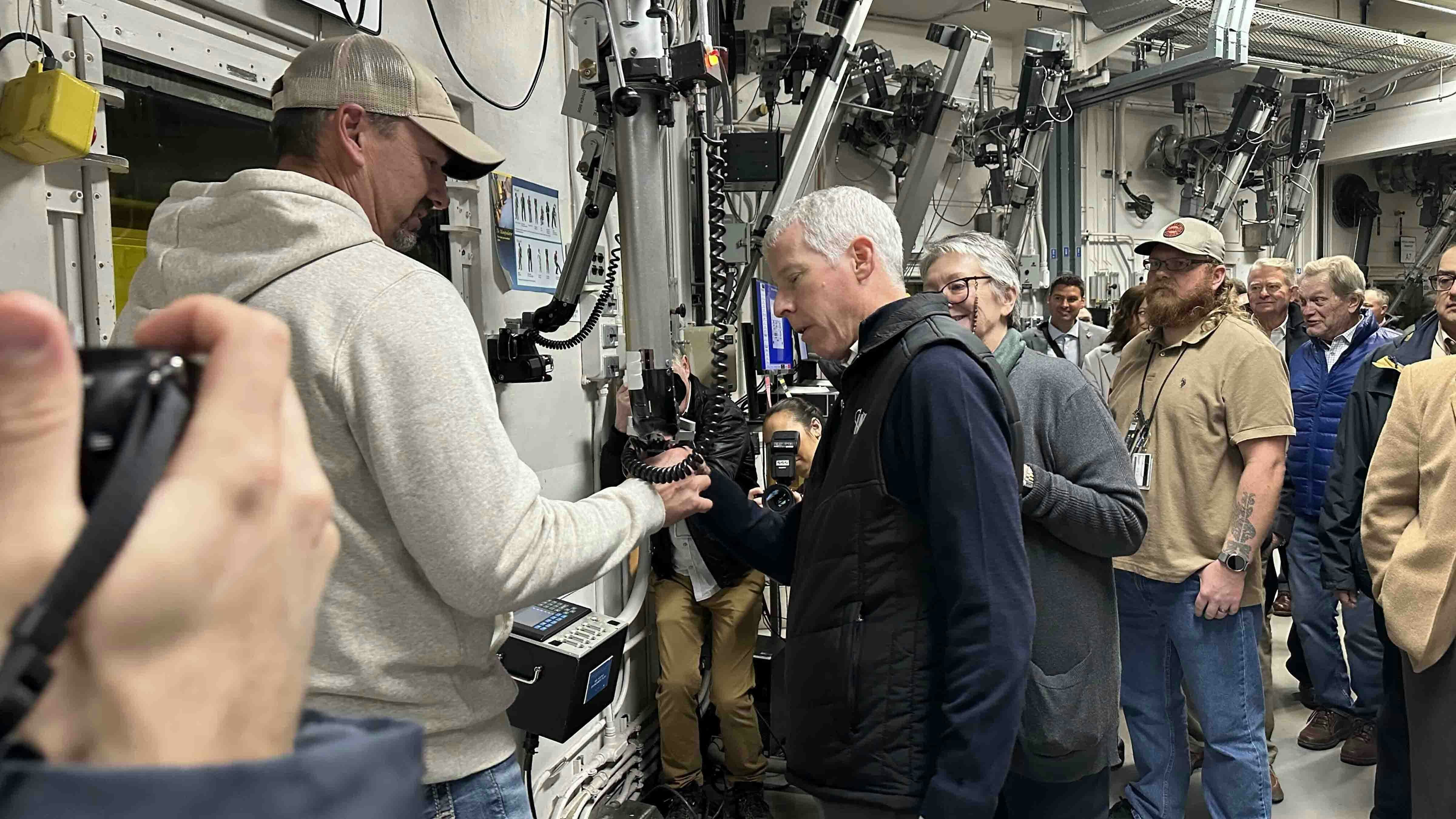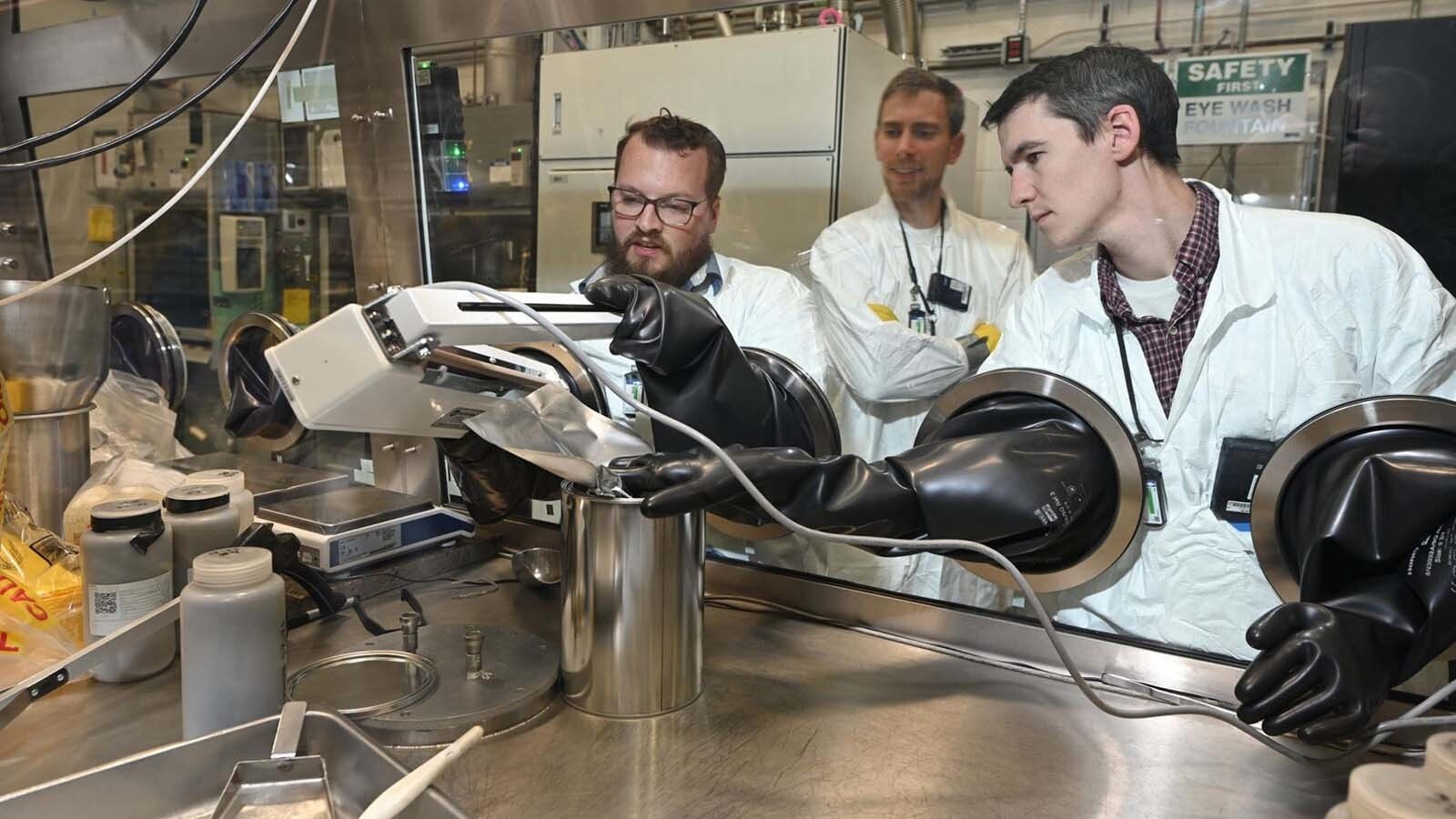A University of Wyoming graduate student is preparing to submit her findings about human waste being the main source of contamination in two creeks in the Jackson area.
Kelsey Ruehling’s graduate research has been focused on discovering the source of fecal bacterial contamination in Flat and Fish creeks in Teton County.
“We’re seeing really high loads of bacteria in the surface water that is associated with wastewater,” Ruehling told Cowboy State Daily on Friday. “What I saw in both creeks was this pattern of wastewater-associated bacteria increasing during moments when the streams were rising, likely attributed to increased flows from groundwater.”
In 2020, the Wyoming Department of Environmental Quality said Fish Creek and at least a portion of Flat Creek were considered impaired due to high concentrations of E. coli, an intestinal bacteria. Most strains of E. coli are harmless, but there are some that cause stomach cramps, vomiting and diarrhea.
When high levels of E. coli are found in water, it is an indicator of sewage or animal waste contamination, according to the U.S. Geological Survey. Due to these high levels of the bacteria, the creeks are not considered safe for swimming by DEQ.
For her research, Ruehling sought the source of the contamination. She believes it is due to old sewer lines and septic systems that sit near groundwater flows, at least for the human waste aspect.
She also discovered fecal bacteria from dogs, cows, goose, moose and horses.
Ruehling is not making any recommendations to state or local officials with her work, but instead wants to present them with unbiased, scientific research and let them make their own decisions on how to best address the contamination in the two creeks.
“I think having this really high temporal and spatial data can help these watersheds identify where the problems might be, what is the most serious and where they should put their time, money and attention into mitigating bacteria,” she said.
Ruehling will present her findings to her thesis committee at the university next week. She recently presented her work in Jackson to city and county officials.
In May, a nonprofit organization called Protect Our Water Jackson Hole was launched in an effort to improve and protect Jackson’s water quality, which would include both Flat and Fish creeks.
The organization is particularly focused on reducing nutrients in the area’s water that comes from sources such as wastewater, fertilizer, pets and livestock through countywide solutions.





